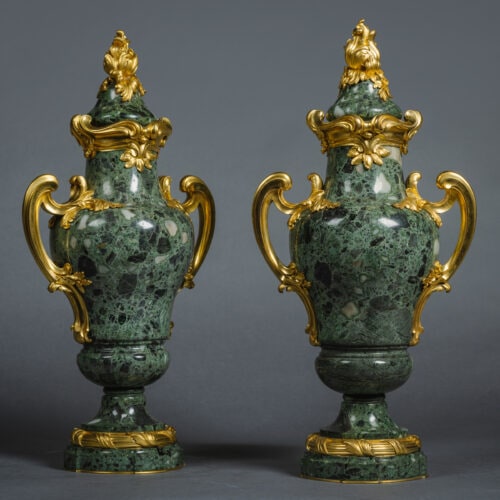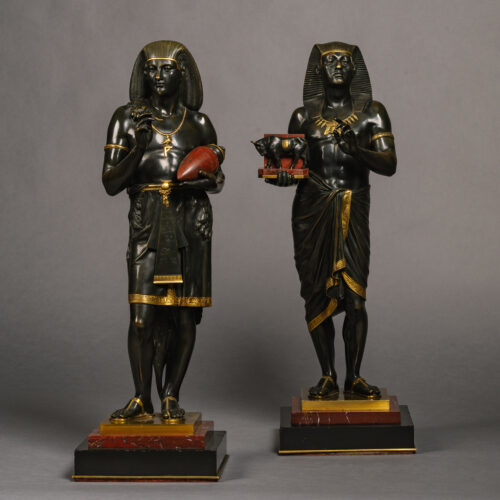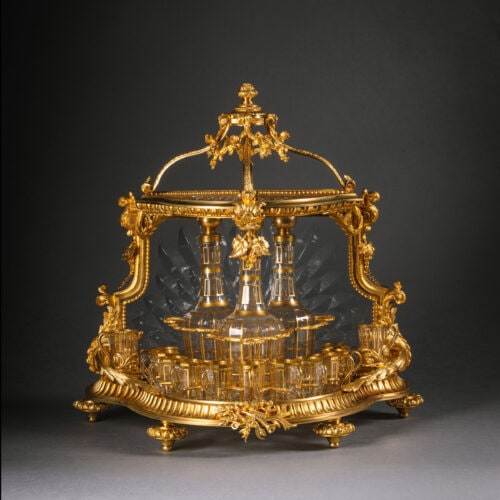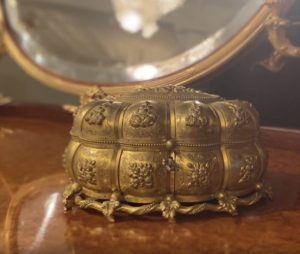Maison Beurdeley
Paire de chandeliers de style Louis XVI en bronze doré et acier poli
£6,500
Une paire de chandeliers de style Louis XVI en bronze doré et acier poli par Emmanuel-Alfred (dit Alfred II) Beurdeley. Chaque modèle représente un putto bacchique...
Dimensions
Hauteur : 25 cm (10 in)Largeur : 9 cm (4 in)
Profondeur : 9 cm (4 in)
Description
Une paire de chandeliers de style Louis XVI en bronze doré et acier poli par Emmanuel-Alfred (dit Alfred II) Beurdeley.
Chaque modèle représente un putto bacchique debout sur un tambourin et tenant sur sa tête un panier de fruits dissimulant un bec de bougie. La base circulaire en acier poli est surmontée d'un bandeau de perles et d'un pied en forme de feuille raide.
France, Circa 1880.
Comparer avec une paire de chandeliers illustrée dans C. Mestdagh, L'Ameublement d'art français 1850-1900, , Les éditions de l'Amateur, Paris, 2010, p. 275 (fig. 324). Une paire de chandeliers identiques appartenant à la collection Beurdeley a été vendue le 16 mai 1979 (Ribault-Menetiere-Lenormand, Palais d'Orsay, lot n°22).
Date
Circa 1880
Origine
France
Moyen
Doré-bronze
Signature
Estampillé "BY" pour Beurdeley.
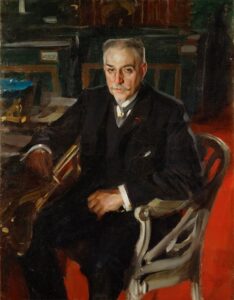
Emmanuel-Alfred (dit Alfred II) Beurdeley (1847-1919)
The Beurdeley family were a flourishing dynasty of three generations of fine quality cabinetmakers working from 1818 to 1895. The firm was particularly well known for its exceptional metalwork, most commonly basing their designs on important eighteenth century examples. Their mercurial gilding and hand chasing are often of such a high standard that it is difficult to distinguish them from late eighteenth century work.
The founder of the dynasty Jean Beurdeley (1772-1853) was a Burgundian craftsman conscripted into the Napoleonic army. After hostilities ended in 1815 he settled in Paris opening a shop for curiosités and working as a latter day marchand mercier. Initially based on the rue Saint-Honoré, in 1840 Beurdeley moved to the famous Hanover Pavilion situated on the corner of rue Louis-Legrand and boulevard des Italiens, and the business was run by his only surviving son, Louis-Auguste-Alfred (1808-1882). This successful business, which had numerous official commissions including in 1853 the marriage coffer for the Empress Eugénie, was continued by Louis’ son, Alfred-Emmanuel-Louis (1847-1919).
The business continued in its traditional style with very few variations until 1895. Alfred, along with the most famous artists of the period, took part in the 1878 Paris Exposition Universelle where he won the gold medal. Following on from this glory, he went on to open a shop in New York.
His participation in the 1883 Amsterdam Universal Exhibition drew even further attention to his work, and possibly as a result he was awarded the Ordre National de la Légion d’Honneur, France’s highest official mark of recognition.
The incredible quality of each generation’s work ranked the firm of Beurdeley as pre-eminent amongst Parisian makers of meubles de luxe.
Bibliography:
Ledoux – Lebard, Denise. Les Ébénistes du XIXe siècle, Les Editions de L’Amateur, (Paris), 1984; pp. 75-82.
Mestdagh, Camille & Lécoules, Pierre. L’Ameublement d’Art Français, 1850-1900, Les Editions de L’Amateur, (Paris), 2010; pp.262-276.
Meyer, Jonathan. Great Exhibitions – London, New York, Paris, Philadelphia, 1851-1900, Antique Collectors’ Club, (Woodbridge, UK), 1984 ; pps. 175, 247, 269, 270, 290, 298.
Collection Pierre Lecoules, Paris.
C. Mestdagh, L'Ameublement d'art français 1850-1900, Les éditions de l'Amateur, Paris, 2010, p. 275 (fig. 324).
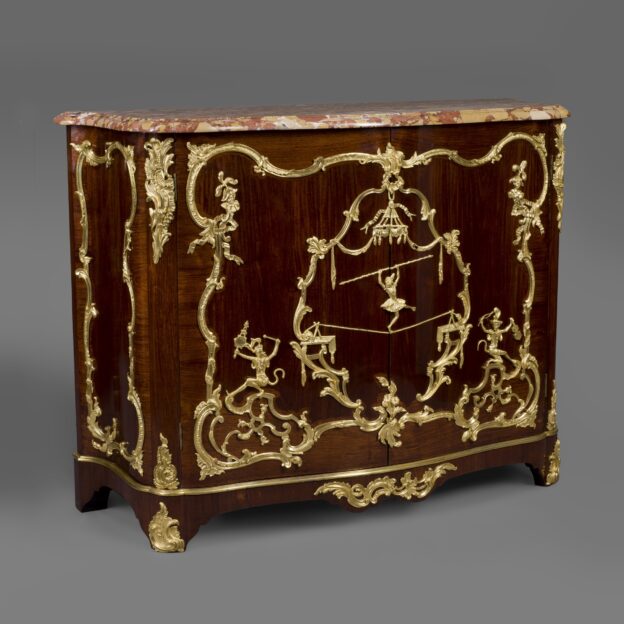
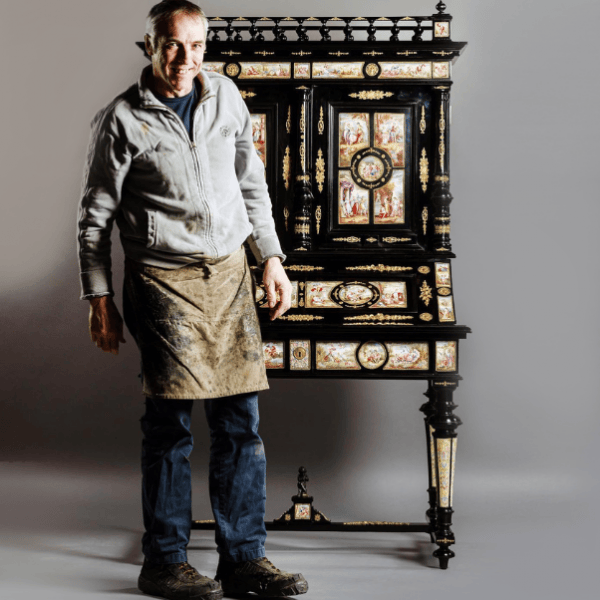
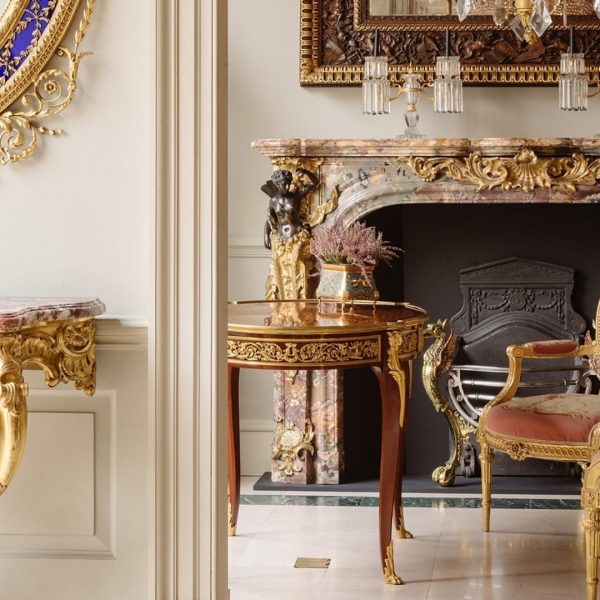
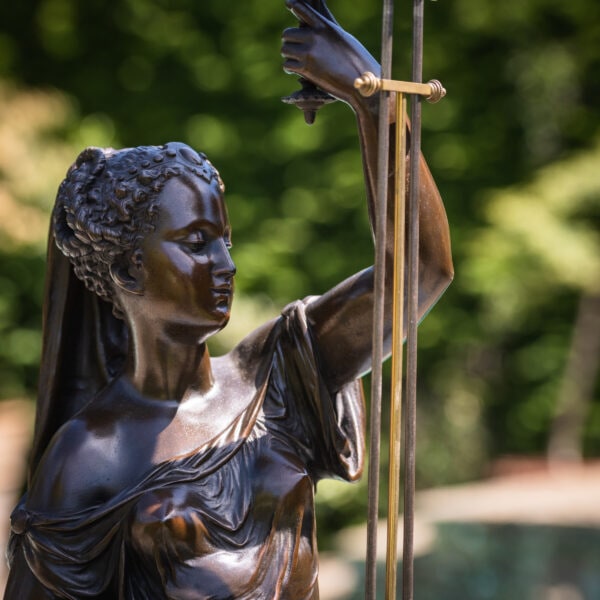
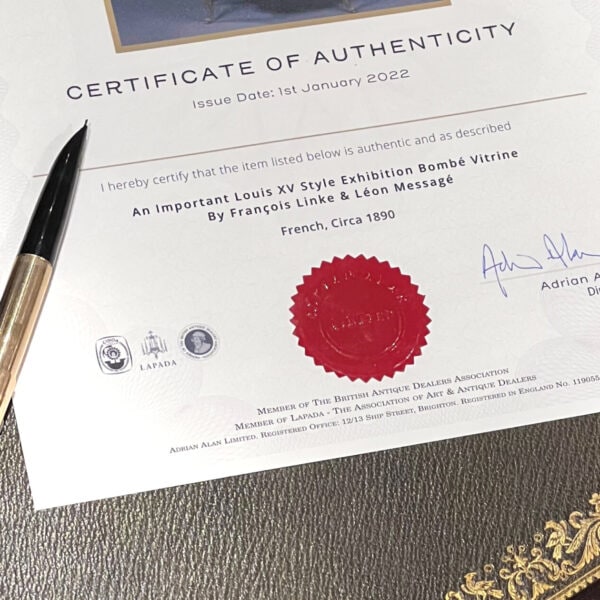
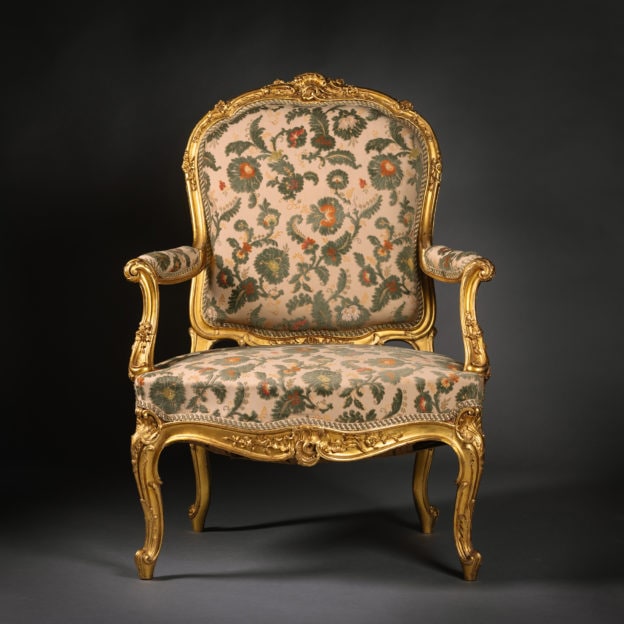
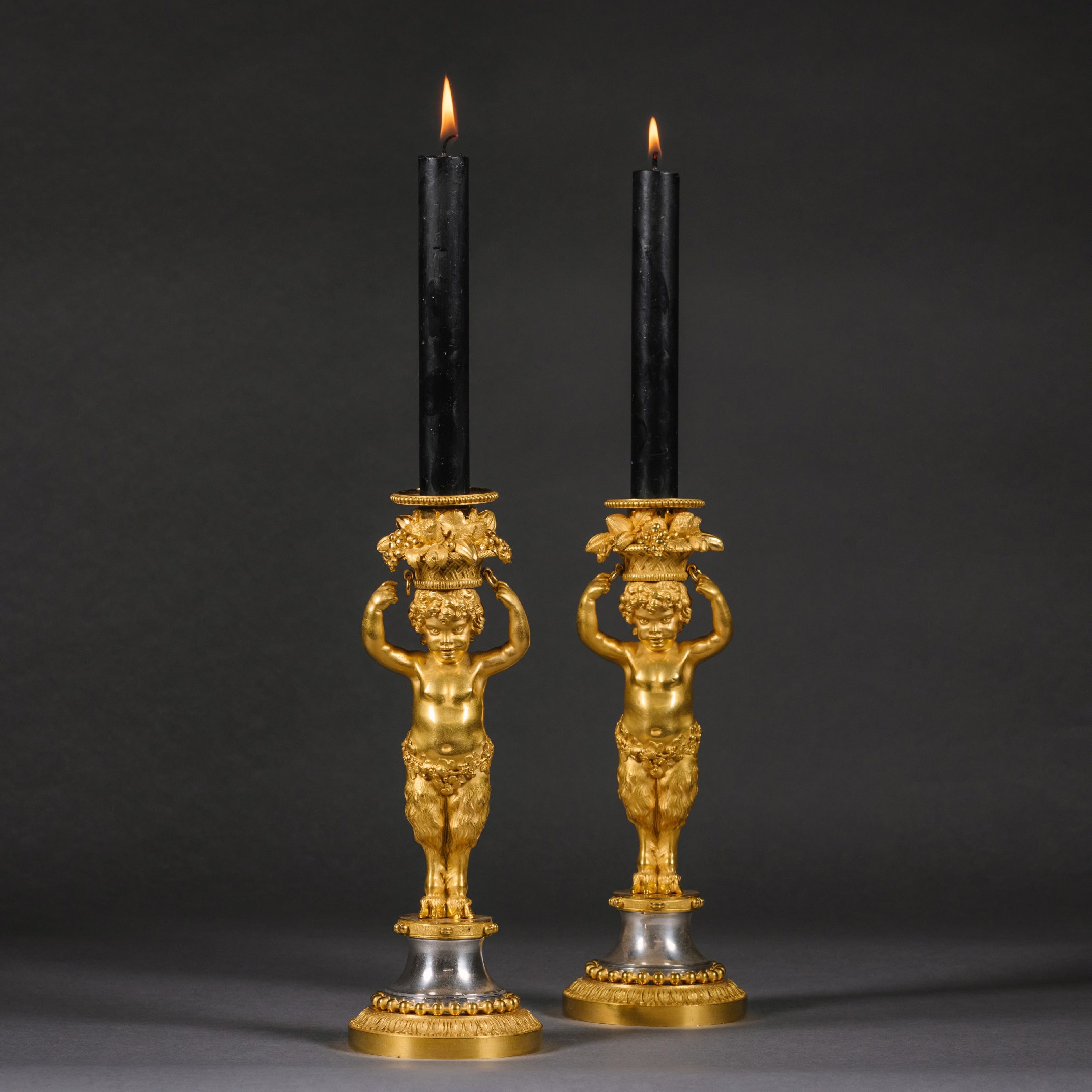
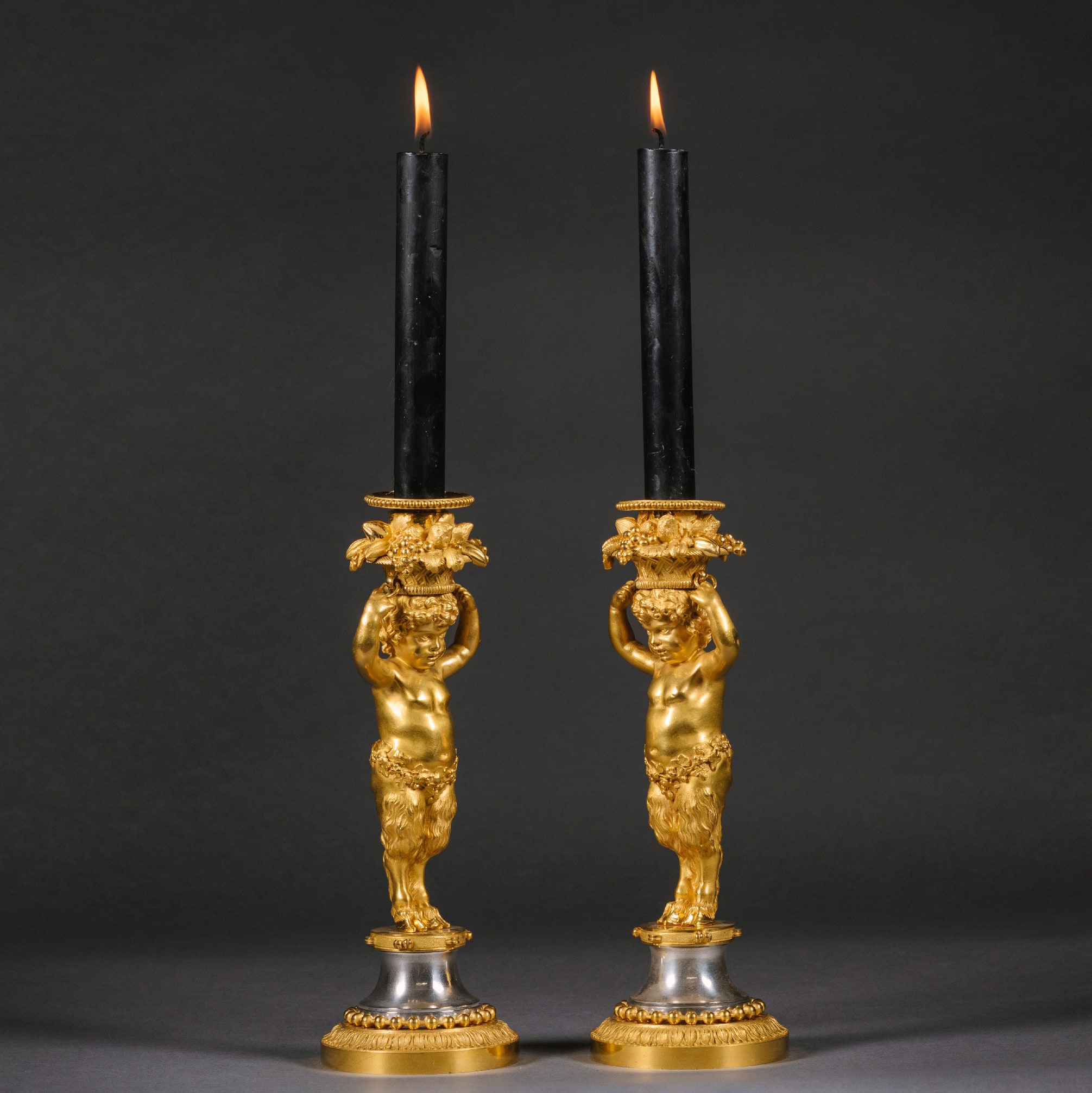

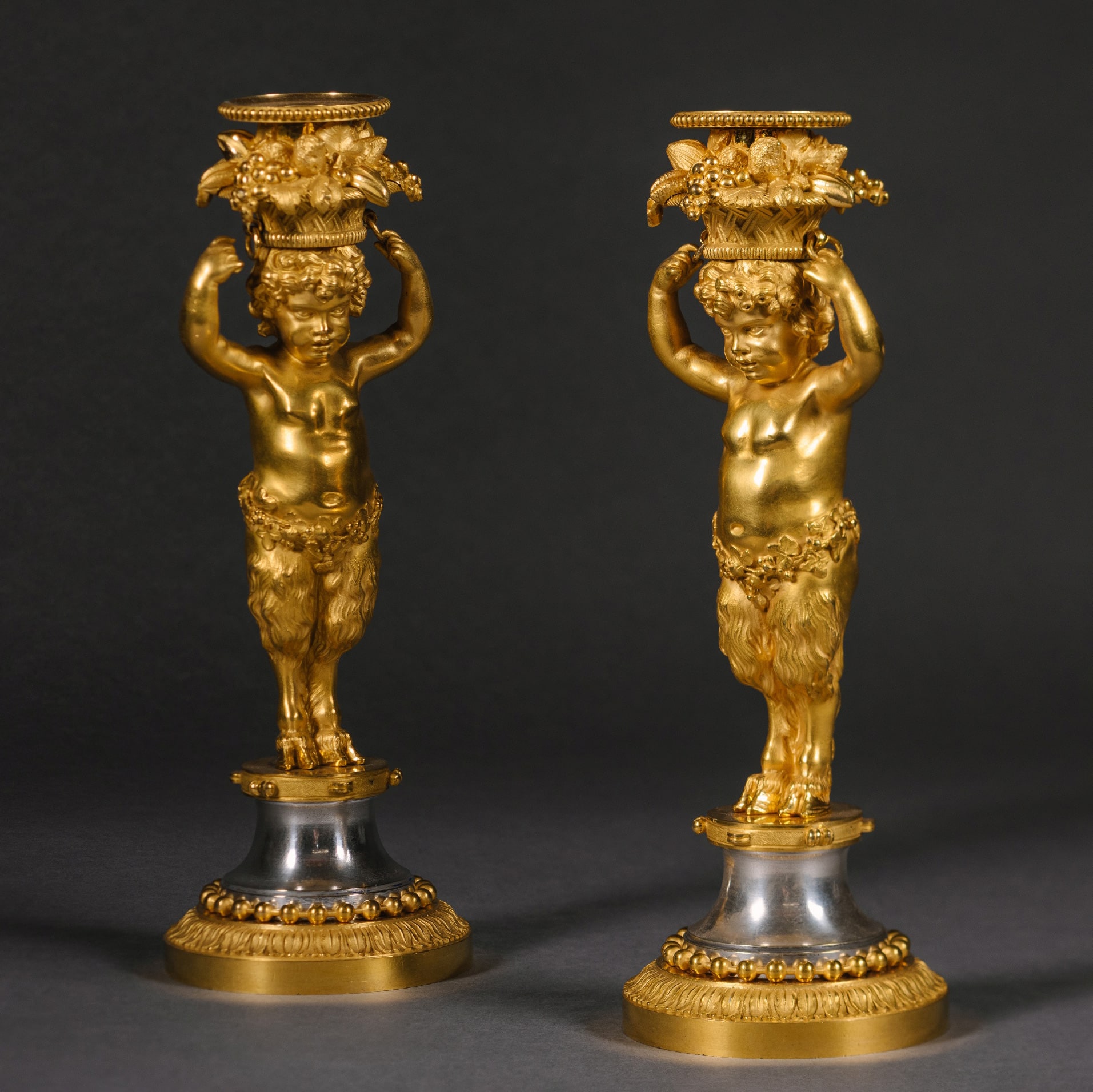
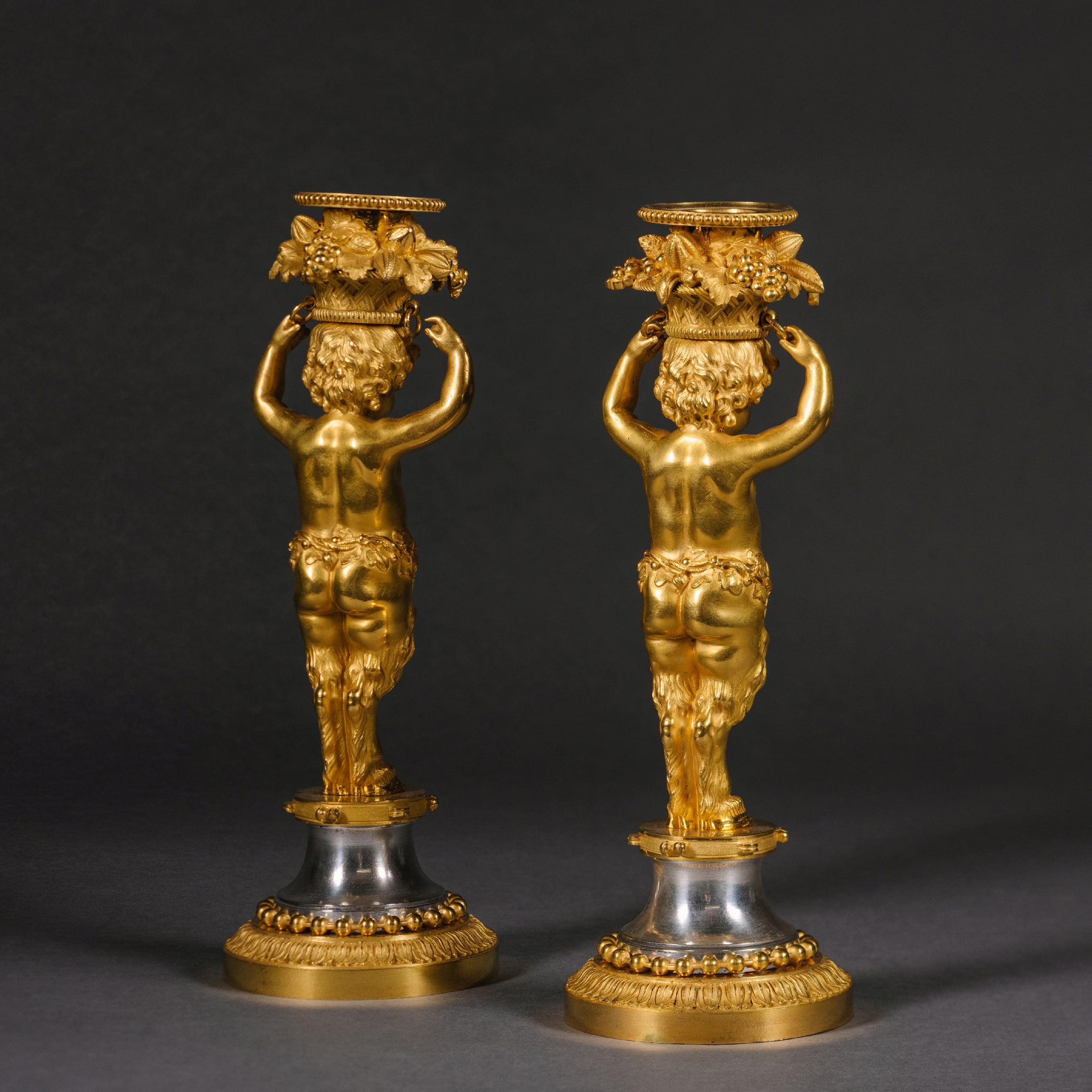
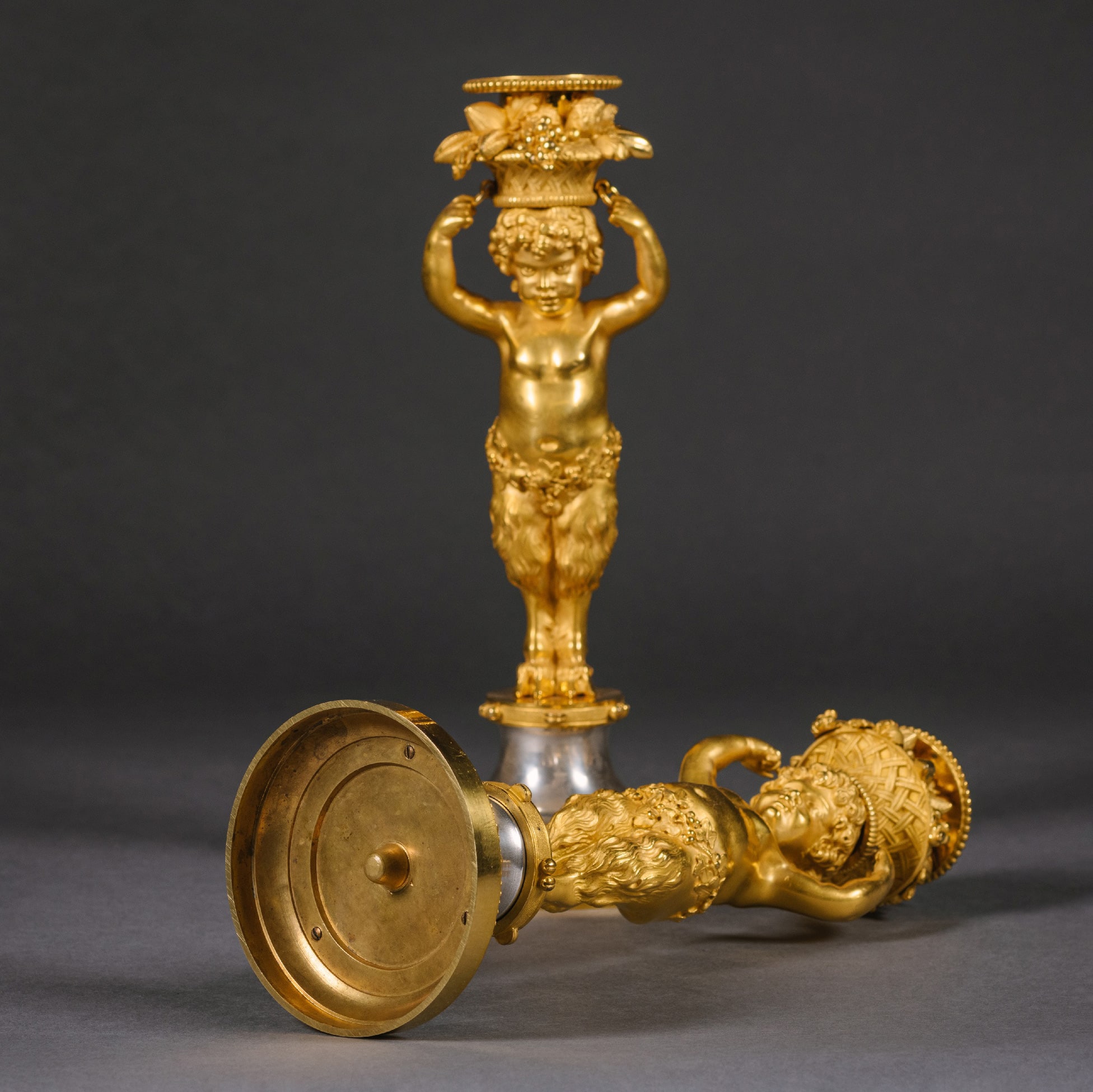
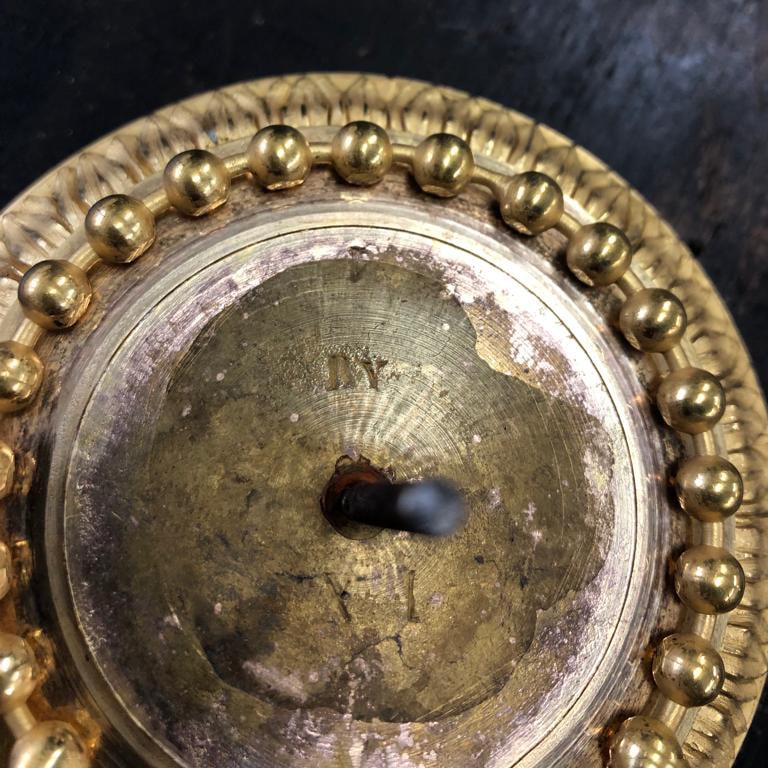
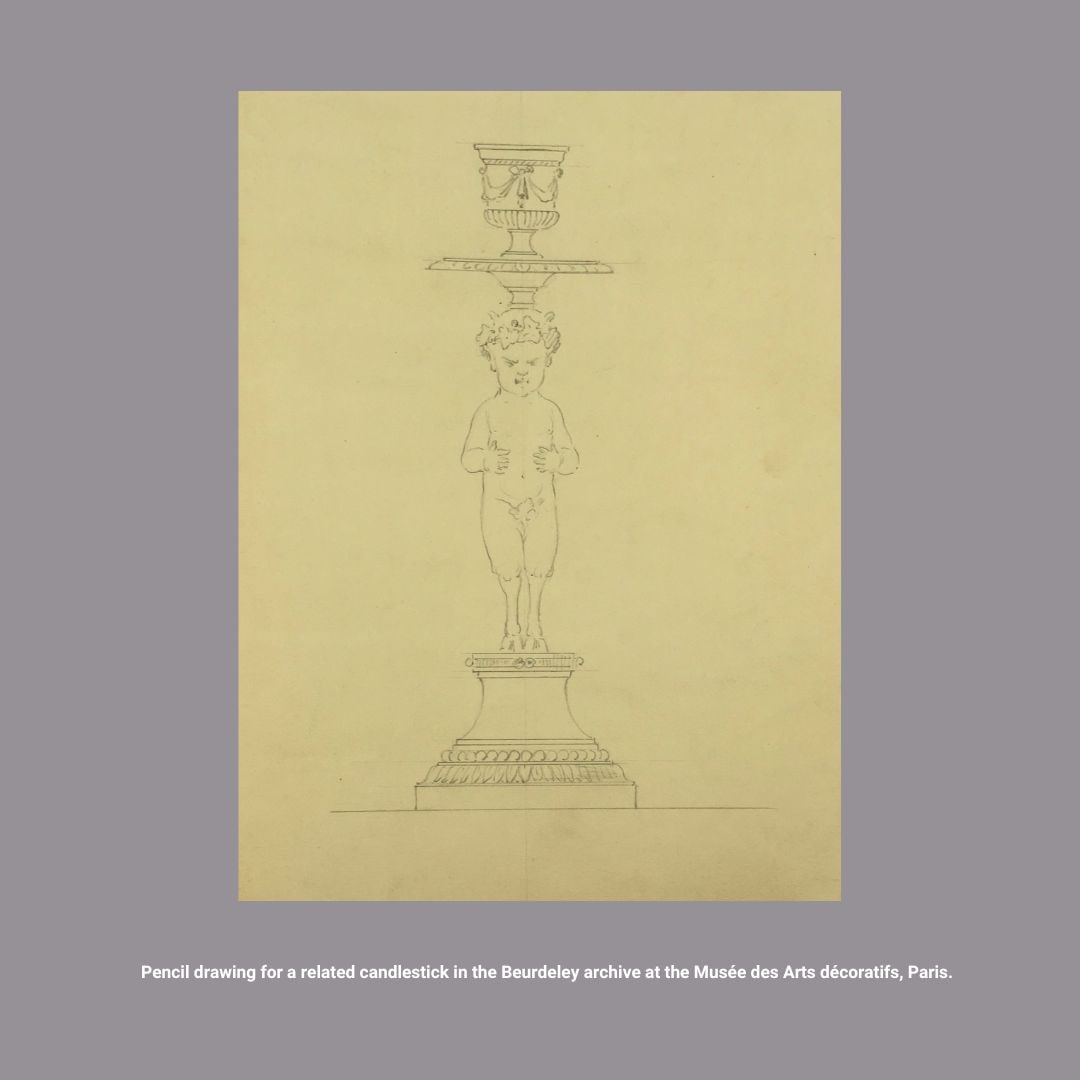

 Imprimer
Imprimer